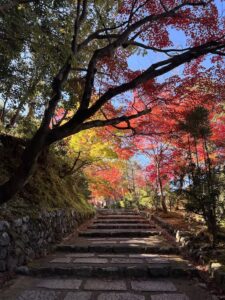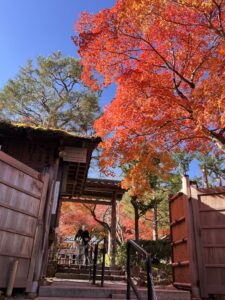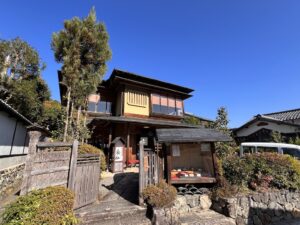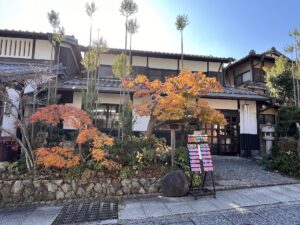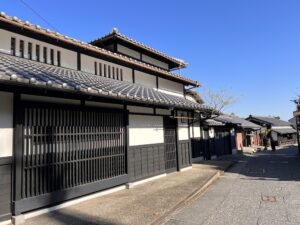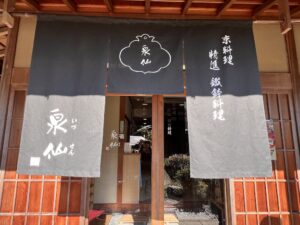A Symphony of Colors – The Lonely Souls in the Adashino Nenbutsu-ji Temple
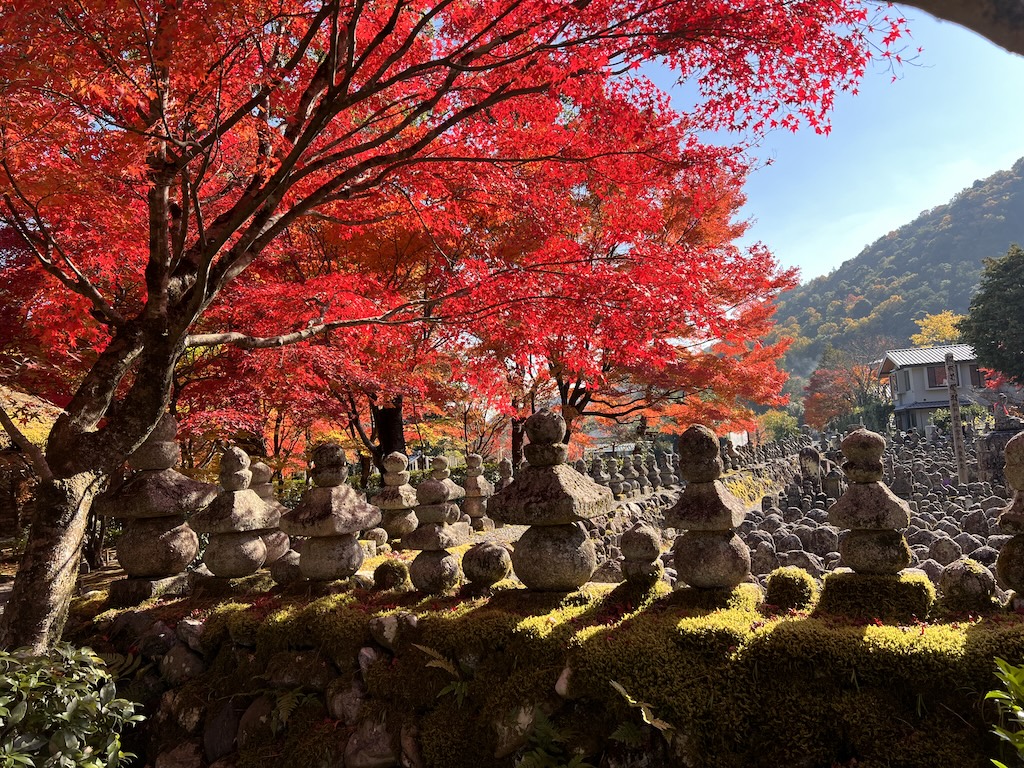
If the 1,200 rakan statues that stand at the Otagi Nenbutsu-ji Temple represent the Buddhist followers’ celebration of their faith in life, then the 8,000 stone markers at the Adashino Nenbutsu-ji Temple are the proper tribute to death.
The sky opened up at this hour of the afternoon and an abundance of sunlight and warmth filled the air. From Otagi Nenbutsu-ji Temple I decided to walk back down to the Arashiyama area, of which I had some familiarity due to my tour in the previous day. I came upon Adashino Nenbutsu-ji Temple, and to my surprise, I saw an unintended and unlikely juxtaposition between the two temples that presented the occasion for a philosophical appreciation of life, coming full circle from living to death.
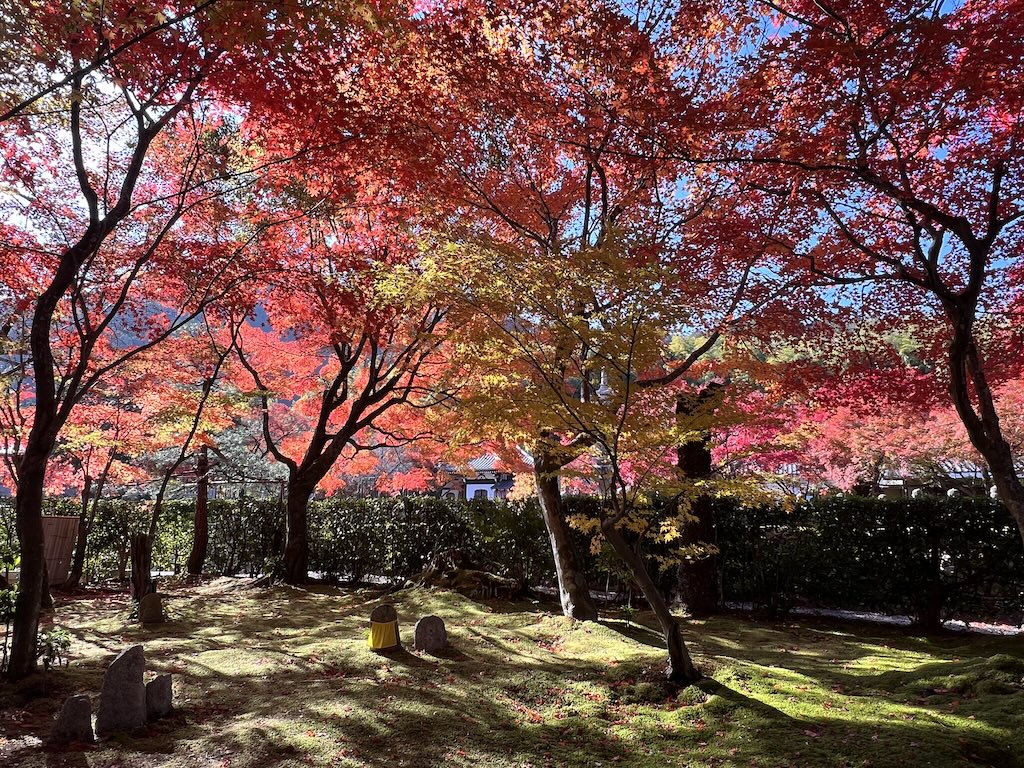
The symphony of colors in Kyoto’s autumn easily distracts visitors from the ultimate purpose of temple visits. If anything, it should be a moment of renewal, a place and time to consider the larger questions in life.
But it was in fact the symphony of colors that drew me to the Adashino Nenbutsu-ji Temple. At first, I only noticed a path lined with beautiful red foliage. I could not help but to embark upon this slightly inclined path. At the end of it, I found the Adashino Nenbutsu-ji Temple.
First Impressions at the Adashino Nenbutsu-ji Temple
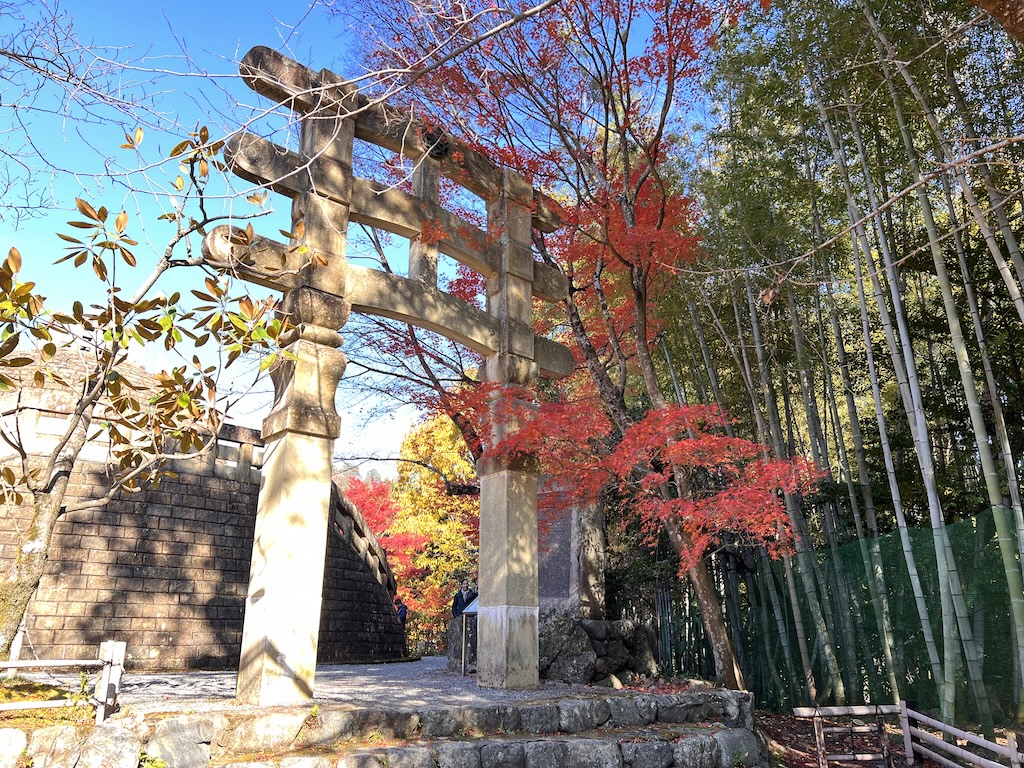
There was a garden space but some unique gateways and structures there made the Adashino Nenbutsu-ji Temple special. There was a mount, and a pagoda as well. I figured that the short stone pillars served some ceremonial purposes in death. The red foliage there was particularly vibrant. There was no eeriness amidst the bright sunshine of the day.
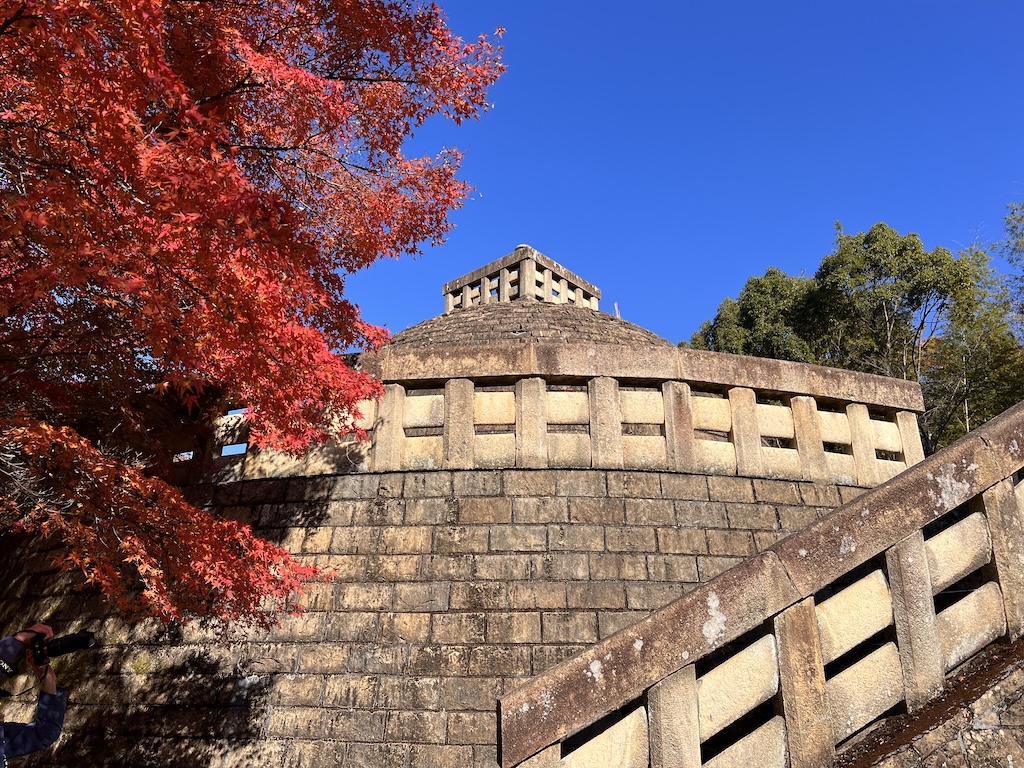
A Brief History of the Adashino Nenbutsu-ji Temple
Like the church graveyards of medieval times in European countries, the temples of Japan were often sites of burials as well. The Adashino Nenbutsu-ji Temple, however, originated from the burial of the dead.
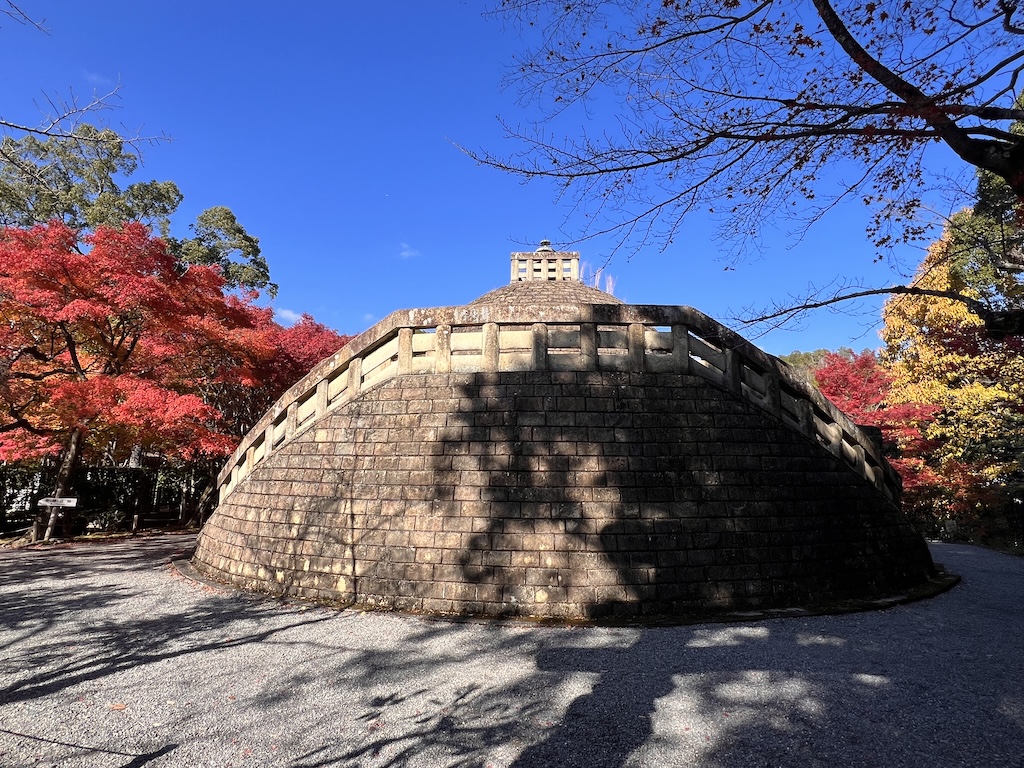
During the Heian period, the Adashino Nenbutsu-ji Temple had an eerie past as a site of open burial for those who had no family or friends who could oversee a proper rite for their passing. At some point in history, the remains were buried in a simple manner. The stone pillars memorialized the spirited, as grave markers.
The temple began when the famous monk Kukai (774-835 A.D.), who was the founder of Shingon Buddhism, established a temple in this area about 1,200 years ago. Even at the temple’s inception, it stood for the remembrance of the dead as the site of prayers for the departed.
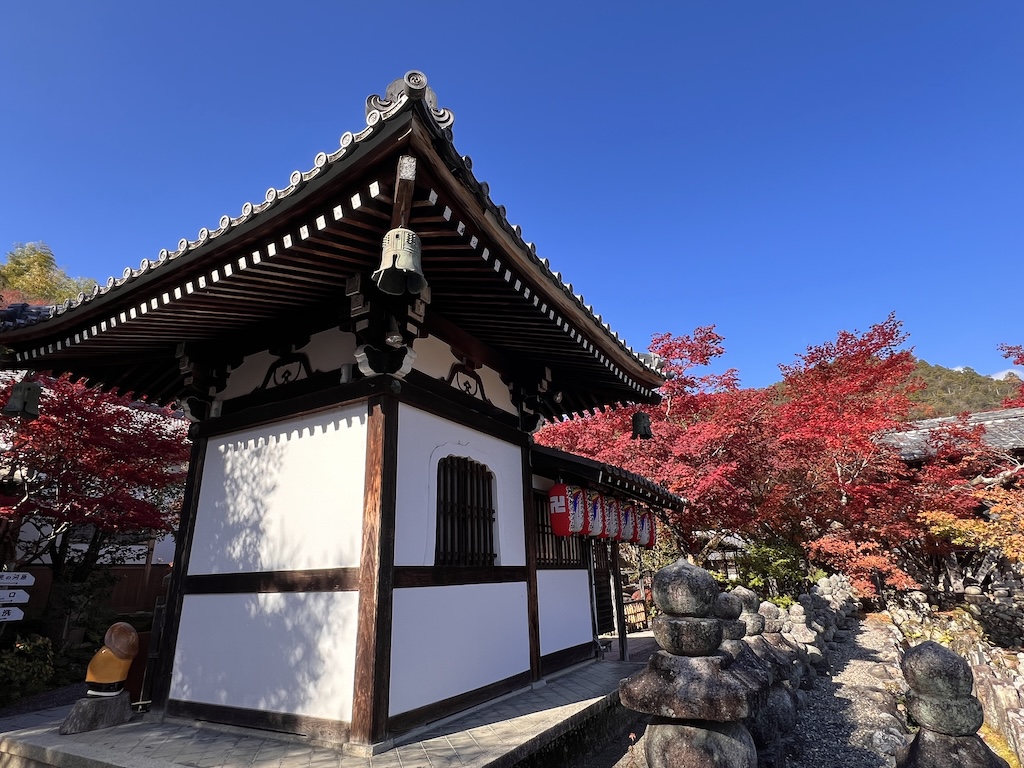
Then the founder of Pure Land Buddhism, Honen (1133-1212 A.D.), turned the temple into the site of practice for nenbutsu. Nenbutsu is a ritual recitation of Amida Buddha. It will lead to a rebirth into the realm of paradise. Amida Buddha is the resident deity at the Adashino Nenbutsu-ji Temple.
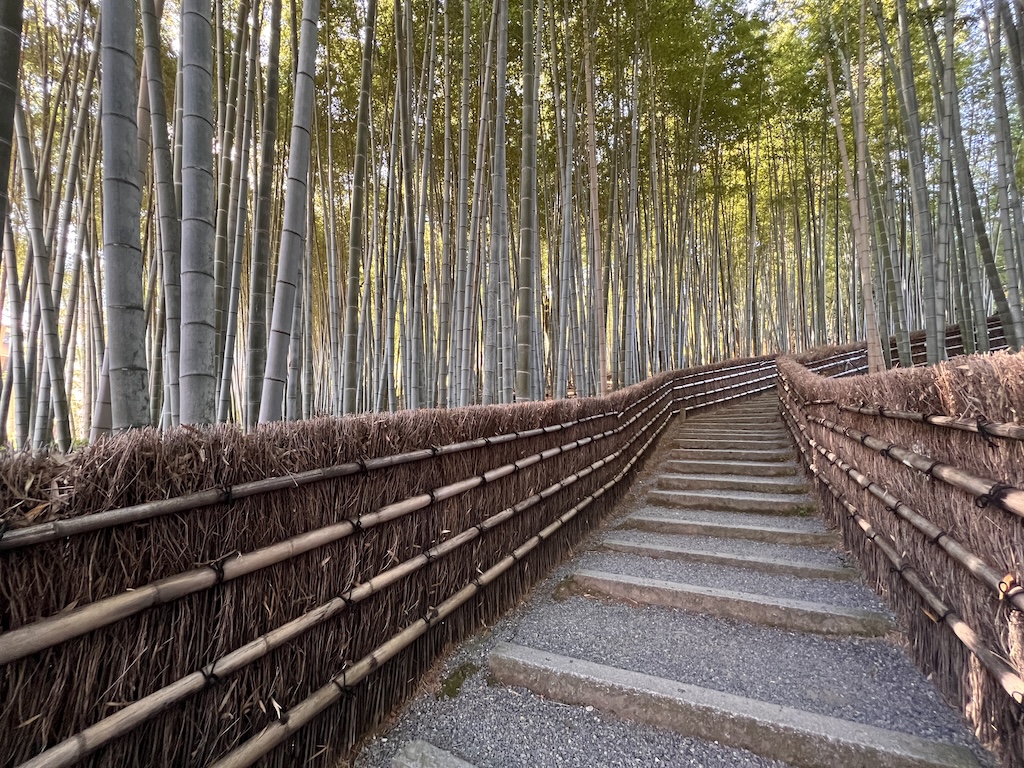
About 100 years ago during the Meiji period, there was effort to collect all the stone markers in the area. People placed them in a dedicated space, and they lit candles as an act of worship.
At Sai no Kawara, 8,000 stone grave markers stand. There is a festival of candle lighting annually to these lonely spirits at Adashino Nenbutsu-ji Temple. At the Sento Kuyo festival, innumerable candles are lit amidst the grave markers in Sai no Kawara in late August each year for this event, a tradition that came from the Meiji period.
An Alternative Bamboo Grove at the Adashino Nenbutsu-ji Temple
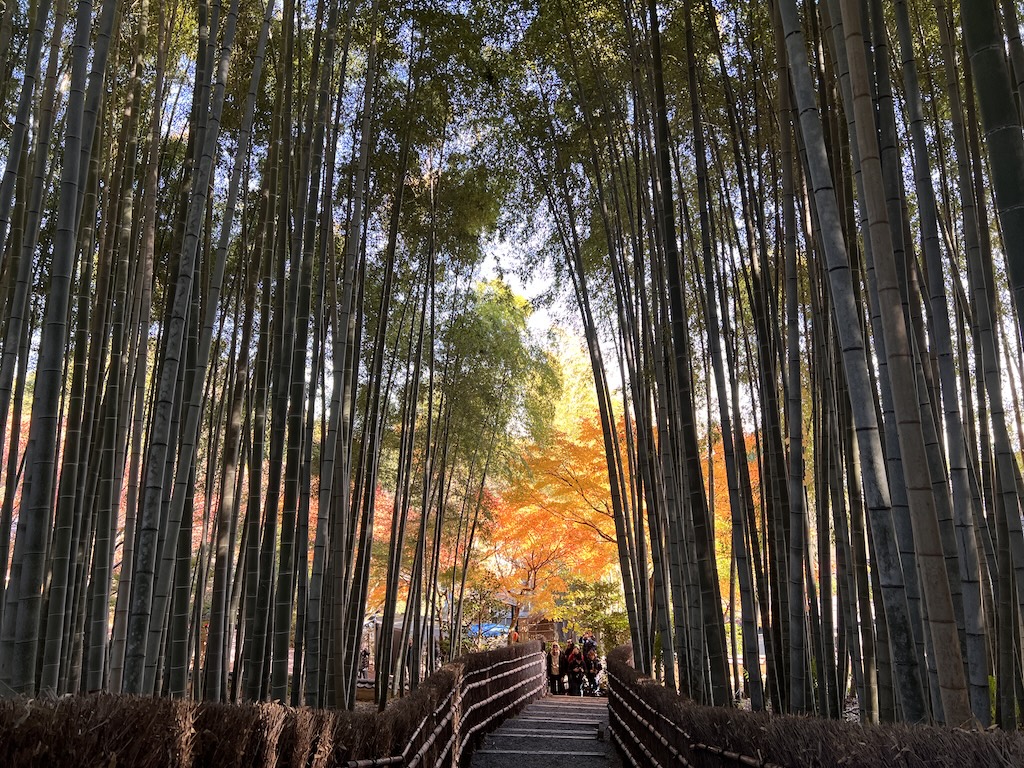
Finally, at the other end of the temple, having passed through the Sai no Kawara, I saw a section of a bamboo grove that was truly serene, with few souls there. I could take photographs any way I wanted. If you do not manage to see the famous bamboo grove of Arashiyama, this would be a perfect alternative.
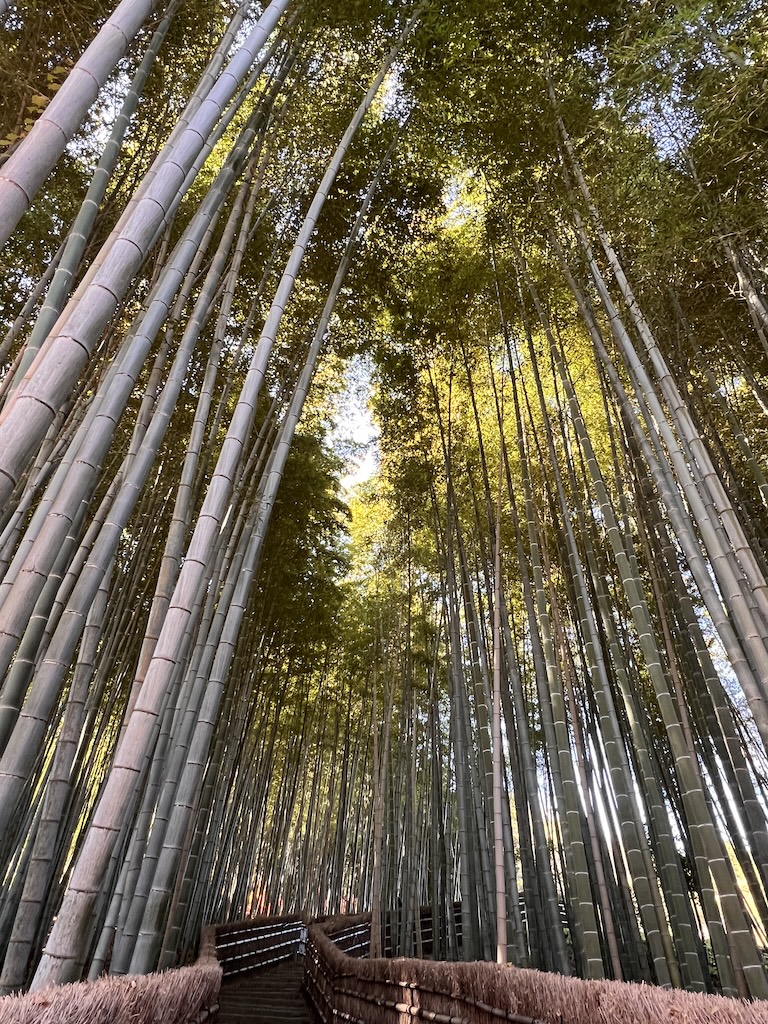
If you ask me, however, I’d say the Adashino Nenbutsu-ji Temple is worthy of a visit in its own right.
The Saga Toriimoto Preserved Street
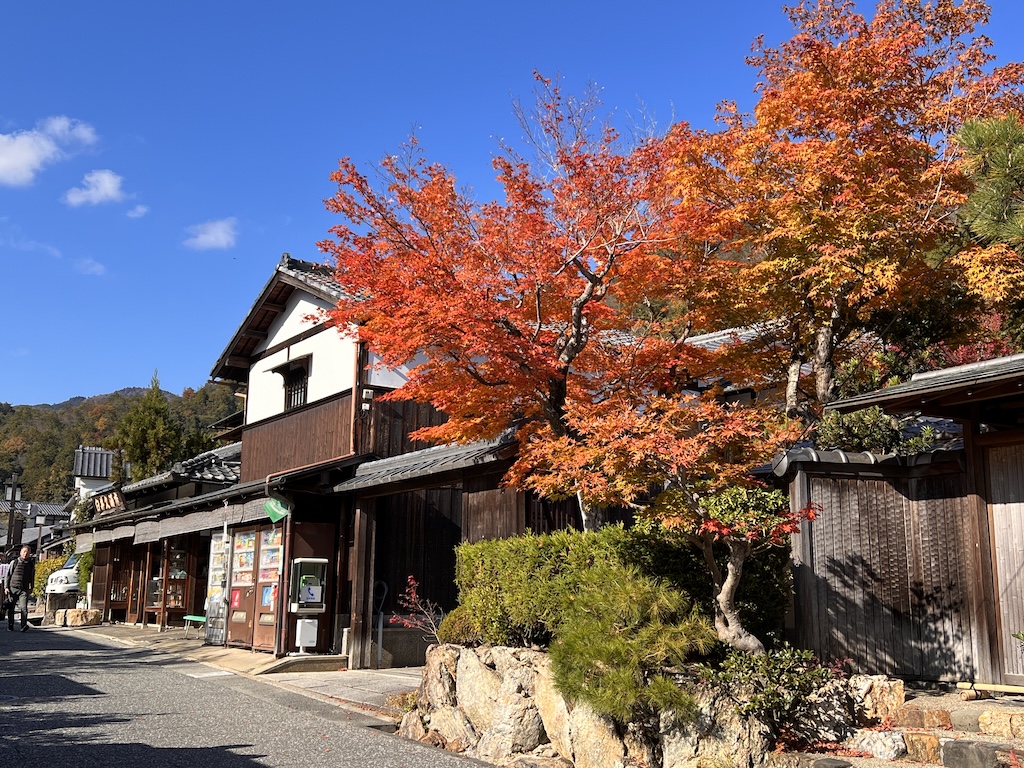
Properly speaking, this area is in fact beyond the Arashiyama / Sagano area already. The Saga Toriimoto Preserved Street features old traditional Japanese houses called machiya’s. They often come with pitched roofs and the structures are built of wood. They are now mostly shops and businesses.
Sources
The official website of Adashino Nenbutsu-ji Temple at https://nenbutsuji.jp/eng/#a-yurai
www.japan.travel, Adashino Nenbutsuji Temple at https://www.japan.travel/en/spot/1143/.
Wonderful Japan, Saga Toriimoto at https://www.wonderful-japan.com/en/saga-toriimoto/

